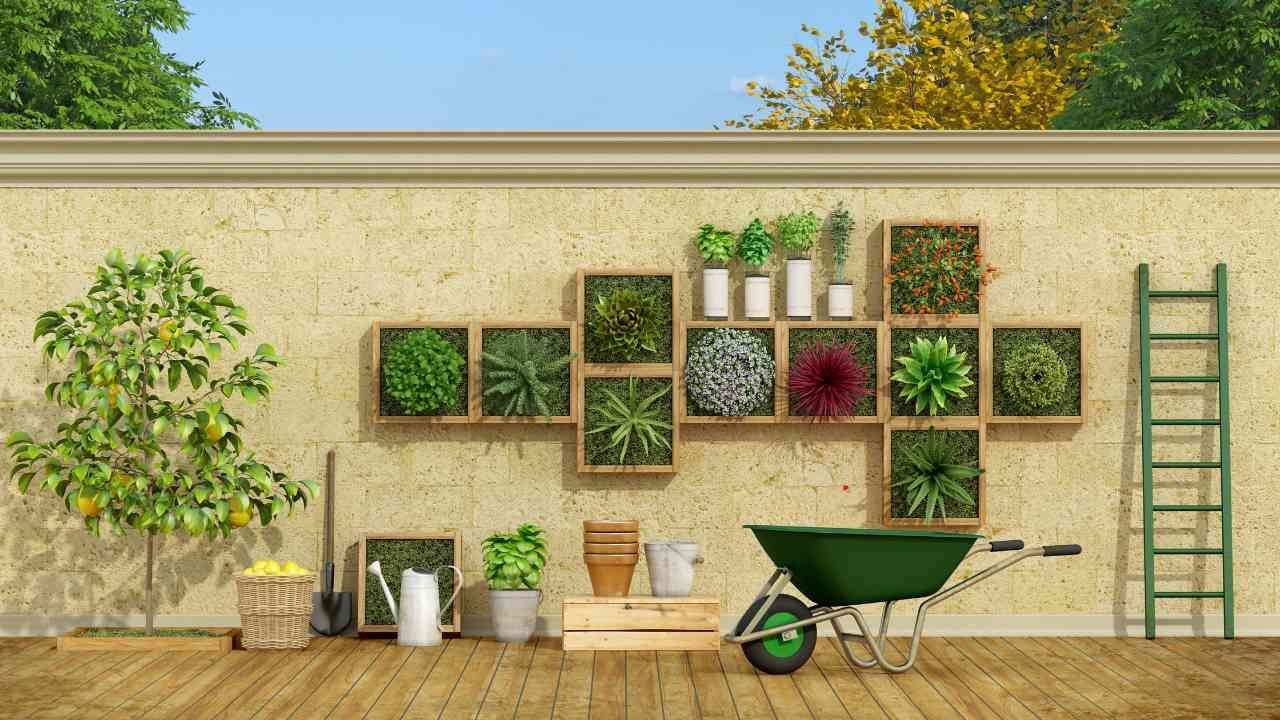Using Vertical Gardens to Maximize Small Spaces

Living in a small space doesn’t mean giving up your dream of a lush, green oasis. Vertical gardens are proof that with a little creativity, you can transform even the tiniest corner into a thriving, beautiful landscape. Whether you’re working with an apartment balcony, a compact backyard, or a slim side yard, vertical gardening is a smart way to add greenery without sacrificing precious floor space.
This approach has become increasingly popular among homeowners seeking unique and efficient solutions. For example, those exploring landscaping in New Haven CT often look for ways to make the most of smaller city lots. Companies like Avalanche Tree and Landscaping LLC have embraced innovative techniques such as vertical gardens to bring greenery into urban living spaces without overwhelming them. With professional guidance, it’s possible to combine function, beauty, and sustainability in a way that feels effortless.
Why Vertical Gardens Work So Well
Vertical gardens, sometimes called “living walls,” work by growing plants on structures that extend upward instead of outward. This could mean hanging planters on a wall, installing trellises with climbing vines, or even using modular systems designed specifically for vertical planting. The result is a striking display that brings texture and life to your space while conserving valuable ground area.
Beyond saving space, vertical gardens also improve air quality, help regulate temperature, and create a natural focal point. In small outdoor areas, they provide privacy by acting as green walls that shield you from neighbors. Indoors, they introduce a calming, natural vibe that pairs beautifully with modern or rustic interiors.
Choosing Plants for Vertical Gardens
Not all plants are suited to vertical arrangements, so selection is key. Compact, lightweight species tend to thrive best. Herbs like basil, thyme, and mint are excellent choices for both indoor and outdoor gardens, as they’re easy to maintain and add flavor to your meals. For a pop of color, flowering plants such as petunias or nasturtiums work well. If you want a low-maintenance option, succulents are hardy, drought-resistant, and visually striking.
When planning your vertical garden, think about lighting. South-facing walls get the most sun and are ideal for vegetables or flowers that need full exposure. Shadier areas may be better suited for ferns or ivy. A well-thought-out landscape design considers both aesthetics and practicality, ensuring that each plant has the right conditions to flourish.
Creative Vertical Garden Ideas
There are countless ways to design your vertical garden depending on your space and style:
- Wall-mounted planters – Perfect for balconies or patios, they attach directly to walls or railings.
- Hanging baskets – These free up ground space and can be layered for a tiered effect.
- Repurposed items – Wooden pallets, old ladders, or shelving units can be turned into unique vertical garden frames.
- Trellises and arbors – Ideal for climbing plants like jasmine, roses, or beans, creating a living screen.
- Modular living wall systems – These pre-made panels are designed to hold multiple plants and are often self-watering.
The beauty of vertical gardens lies in their flexibility. You can create something simple and budget-friendly or invest in a more elaborate system that becomes a major design feature in your home.
Case Study: From Bare Wall to Green Retreat
A homeowner with a narrow backyard wanted more greenery but had no room for traditional garden beds. After consulting with a landscaping professional, they installed a modular living wall along the fence. Filled with herbs, leafy greens, and colorful flowers, the wall turned what was once an unused strip of yard into a vibrant, edible garden. The project not only improved the look of the space but also added value to the home.
The Takeaway
Vertical gardens are more than just a clever design trend—they’re a practical solution for modern living. They allow you to maximize your space, add beauty, and even grow your own food, all while keeping your environment green and fresh. With the help of professionals or some DIY creativity, your small space can become a thriving, stylish retreat.
Ready to transform your small space?
Contact us today to start planning your own vertical garden and enjoy the beauty of greenery where you least expected it.

